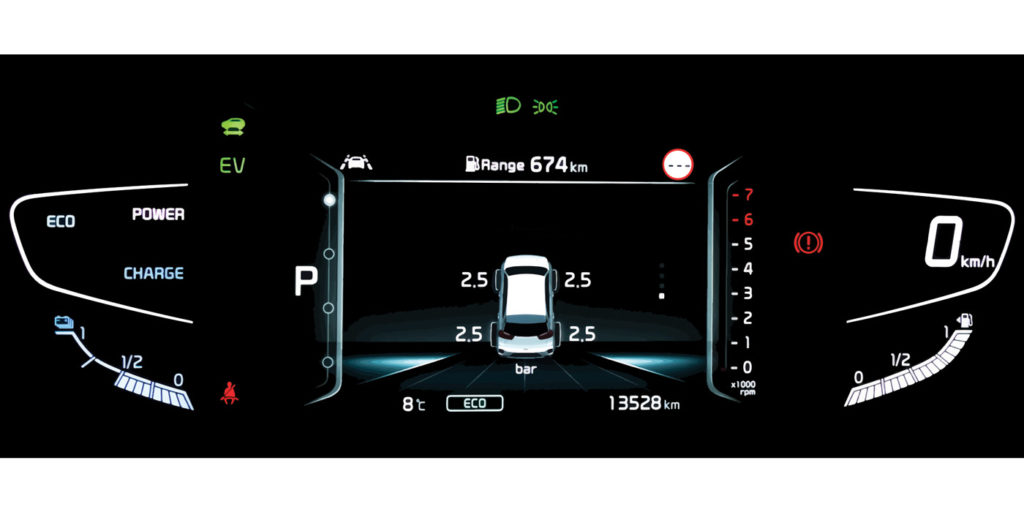The 2007 Subaru models use a direct detecting-type tire pressure monitoring system (TPMS) that consists of four transmitters (each integrated with a tire air valve) and a receiver (installed under the driver’s seat). The 2007 models used this TPMS system for only one year. If you rotate the tires or install a new sensor, you need the right scan tool or TPMS tool that plugs into the OBD II connection. If the indicator comes on due to low tire pressure, the indicator will turn off when the under-inflated tire is inflated to normal pressure.
The sensors detect the tire pressure with the sensor built inside the transmitter, which is integrated with the tire air valve.
When the vehicle speed increases to 7-20 mph, the roll switch built in the sensor turns on, and the sensor starts to transmit pressure data, ID code and the current mode. After the switch is turned on, the transmitter takes a measurement once every 30 seconds, and sends the result once every minute. When the vehicle is stopped for 15 minutes or more, the sensor enters sleep mode to minimize battery consumption.
The receiver collects tire pressure data from the transmitters, and turns on the indicator to warn the driver when it concludes that the tire pressure has dropped below a certain value. The receiver is provided with a system fault diagnosis function.
The indicator turns on to warn the driver if the tire pressure drops below the preset value of 26.11 psi. At the same time, a diagnostic trouble code is stored in the memory inside the receiver to identify which tire has low pressure.
The indicator turns off at 29.01 psi.
The indicator flashes and a diagnostic code is stored in the memory inside the receiver if a system abnormality, such as data reception failure, bad received data or bad transmitter condition, is detected.
The receiver decides that the system has failed and sets a code when any of the following conditions are met:
• EEPROM abnormal: The written data does not coincide with the loaded data when the ID is registered.
• Data reception failure: Transmitter data could not be received for 10 minutes or more while driving at a speed exceeding 24.9 mph.
• Function code abnormal: “Re-measure” function code is received for five times in series, though the pressure change compared to the last data was within 1.02 psi while at a speed exceeding 24.9 mph.
• Air pressure data abnormal: “FFH” pressure data has been received for five times in series while driving at a speed exceeding 24.9 mph.
• Low battery: Function code for the “low battery” mode has been received for 20 times or more in series.
• Vehicle speed sensor abnormal: Function code for the “wake” mode has been received while the vehicle speed signal is 3.7 mph or lower.













